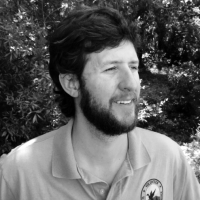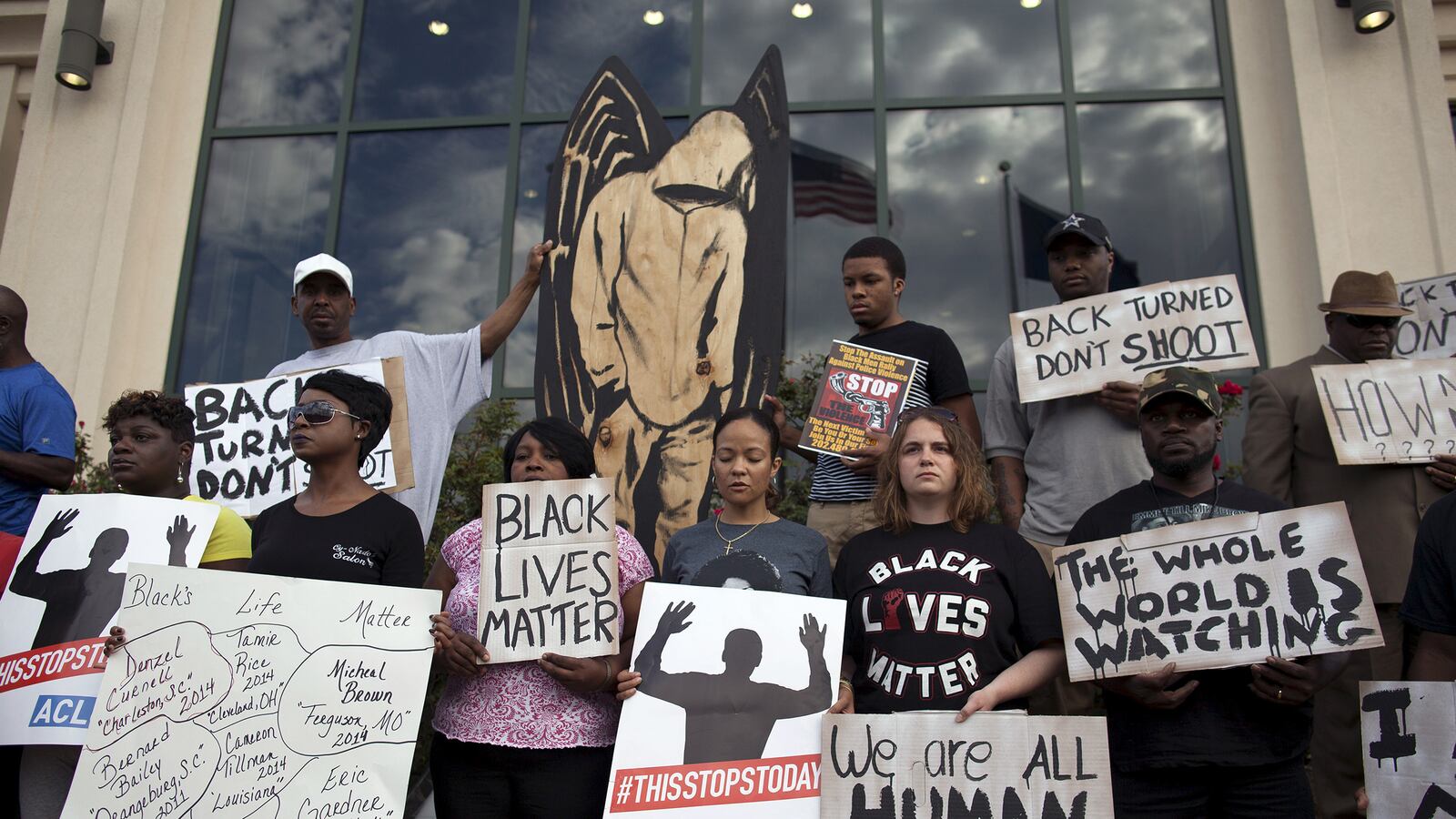CHARLESTON, South Carolina — In 2004, I offered a ride home to a friend and ended up having my car’s interior ripped apart by the cops. The problem was, my friend was black, and he lived off of Spruill Avenue. That’s just across the border in North Charleston, a few exits and a world away from the historic homes and restaurants of peninsular Charleston.
Moments after I pulled back onto the road, blue lights appeared behind me. I spent the next hour defending myself while the cops searched in vain for whatever drugs I must have had with me, just for being a white guy on Spruill Avenue with a black man.
So, I’m not saying that there’s not racial tension in the Charleston area. This is the city, after all, where the Civil War began. But unlike in Savannah, New Orleans, or much of Dixie, racial strife rarely erupts into violence here, apart from bickering between the NAACP and the occasional lingering racist who insists on flying the Confederate flag in their yard.
In North Charleston, a former Navy town long regarded as a working-class suburb of its namesake city, the population is split evenly between blacks and whites. The 2010 census put the white population at 48.6 percent, and African-Americans at 45.12 percent, although recent estimates increase the latter to 47 percent. Only about 21 percent of the city’s cops, however, are black.
It’s thus understandable that some might assume, when viewing from a national stage, that the murder of an unarmed 50-year-old black man by a white police officer might spark a violent backlash in the community. After all, we’ve spent the year watching riots break out in Ferguson over the similar shooting of Michael Brown, and angry protests in New York after Eric Garner was strangled to death.
Last Saturday, Walter Scott was shot at eight times (and struck by five bullets) as he ran away from Officer Michael Slager after being hit with a Taser, following a traffic stop for having a taillight out. It’s outrageous, shameful and inexcusable, but nobody knew the true details until three days later. The story became national news Tuesday, when a video of the shooting taken by a bystander emerged. Anderson Cooper flew into town, national news sites scampered to find writers and cameras on the ground, and the world wondered if Charleston—this bastion of Southern gentility—would dissolve into chaos.
Government officials made a smart move. They quickly charged Slager with murder, rather than defending him or simply keeping quiet. Protests formed, but they’ve remained peaceful, even when fighting words get spoken. (At a vigil for Scott held Wednesday night, state Rep. Wendell Gilliard shouted, “It’s deer hunting season. That young man was hunted down like a deer, like so many other black men in our country.”)
Without any action to report, however, it’s unlikely the national media will stick around another day. And that’s to the long-term benefit of the city of North Charleston, a place that most people—even many who live in the area—don’t fully understand.
Tourists don’t go to North Charleston, but black families that no longer can afford their property taxes in Charleston do. It’s a city of 100,000—the third-largest in South Carolina after Columbia and Charleston—that’s made huge strides in the last decade to position itself as an attractive place to live.
Still, that’s been a tough wall to climb for a city without a focal point. Incorporated in 1972, North Charleston consists of a central interstate artery with veins that splinter off it (from north to south: Ashley Phosphate Road, Remount Road, Montague Avenue, Dorchester Road). It’s the Staten Island to Charleston’s Manhattan—a vast, low-income peripheral city.
Walter Scott died on Remount Road. If you step into the Advance Auto Parts on the corner next to where he was shot, or in the CVS, Walgreens, or Checkers Drive-In just down the road, you’ll see a mixed-race clientele. It’s a commercial strip—Anywhere, USA—and hardly a high-crime part of town.
“North Chuck” is changing fast. The Park Circle area is now a haven for middle-class hipsters who have revitalized a strip of Montague Avenue into a hot spot for restaurants and bars. The city has four microbreweries, with more on the way. Boeing built a massive plant there in 2011, bringing new money and families from around the country. Trendy new work/live/play developments pop up and further gentrify neighborhoods already absorbing refugees from the gentrification in Charleston. And as North Charleston begins to disappear from lists of the “10 Most Dangerous Cities in America”—where it was a shoo-in for years—resident writers pen tongue-in-cheek editorials about lingering misconceptions of their now-pleasant home.
Many of my friends now live in North Charleston. Some have bought brand-new, LEED-certified homes, thanks to the affordable real estate they’re built upon, while others settled in post-war-era cottages. I go there to eat dinner at EVO Pizzeria, to see Bob Dylan and B.B. King at the Performing Arts Center, and to grab a pint at COAST Brewery. I’ve been to Mayor Keith Summey’s house, met his grandchildren, and played with his dogs.
Does the growing presence of a migrating white community generate racial tension? Sure it does. But are the African Americans living there discontent enough to burn and loot their city? Not in the slightest. Charleston County Sheriff Al Cannon—the (white) man the county jail is named after—attended Wednesday’s vigil, lit a candle for the Scott family, and was greeted with handshakes and hugs.
“People are not even thinking about rioting,” says Damon Fordham, a local author and activist. “Every time I’ve been to a rally where that’s been suggested, people have been shouted down, so that’s not part of the equation. We just want decency and justice from all of this.”
There’s no question that the community—both black and white—harbors resentment over a history of perceived police injustice, and serious anger over the cold-blooded murder of Walter Scott. The protests will continue, and they will hopefully reenact meaningful change at a personal level with each officer on the force. At the same time, the state of the police department isn’t nearly as grave as some national media outlets digging for a story would have readers believe.
North Charleston is a city with growing pains, and it’ll get past this tragic shooting after a much-needed reality check on the part of a police department that could harbor an officer with such horrifically poor judgment. But it’s also a city where black and white people share neighborhoods at levels unheard of in much of the South. They shop at the same stores and eat at the same restaurants. I’m confident that in 2015, I can give a black friend a ride home and not immediately be a suspect. In many respects, today’s North Charleston is a model of the working-class New South.
This city is not another Ferguson. But North Charleston also isn’t quite Charleston.



